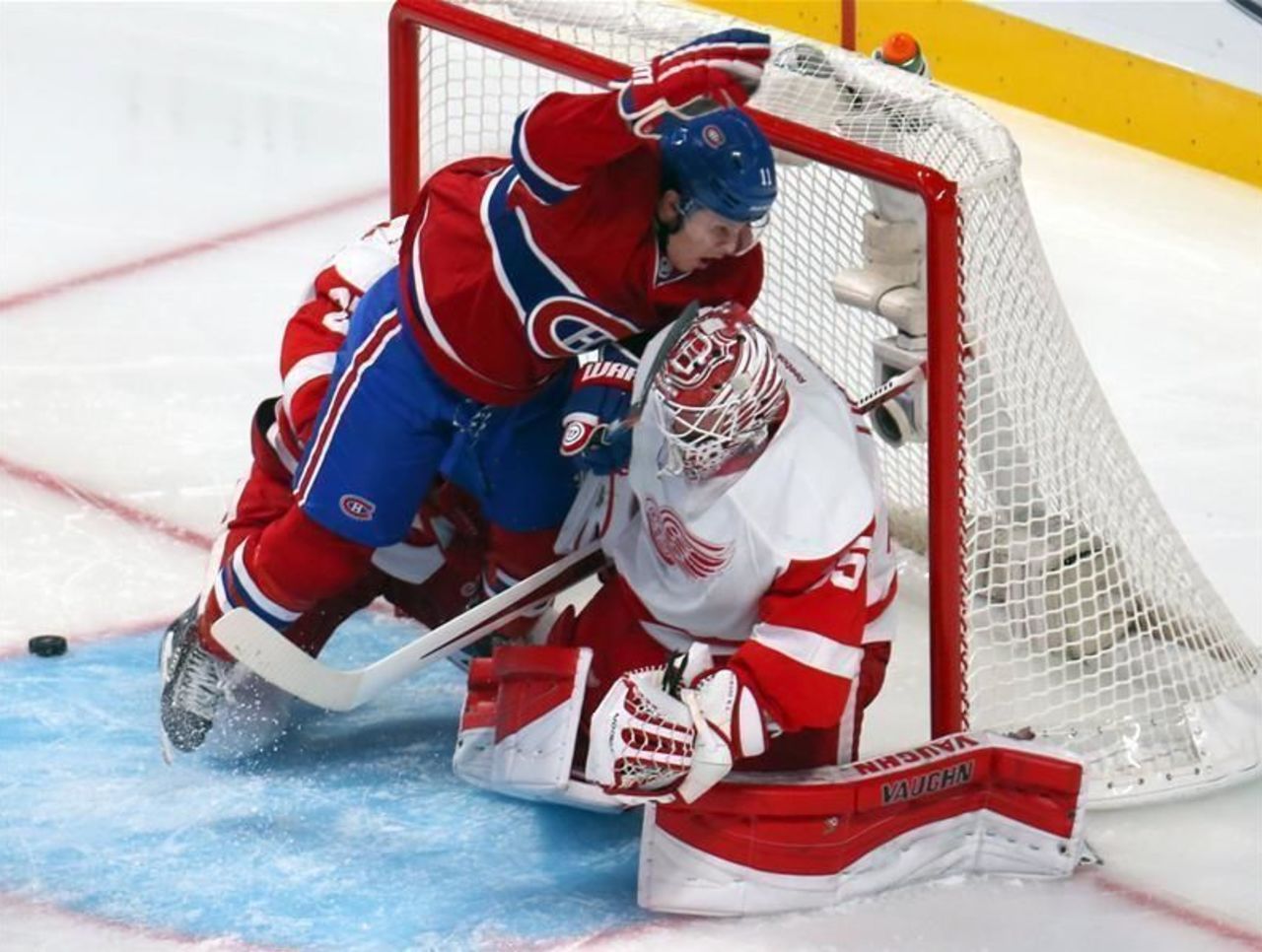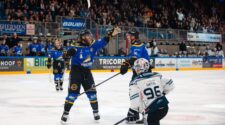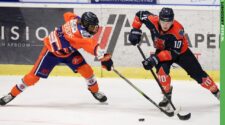Na de vergadering van de General Managers afgelopen maart, heeft de NHL Board of Governors de regels omtrent regel 78.7 lid 2 aangepast: de Coach’s Challenge – Goaltender Interference. Afgelopen periode was de besluitvorming van scheidsrechters bij deze coach’s challenge een veel gezien onderwerp van discussie. De afwijkende besluiten van scheidsrechters leidden tot de wens van fans en managers binnen de NHL om meer duidelijkheid te verkrijgen.
Situation Room doet uitspraak
Echt veel duidelijker is de regel niet geworden: er is geen uitsluitsel gegeven wanneer nu exact sprake is van goaltender interference. Echter ligt met de wijzigingen het uiteindelijke besluit niet meer bij de scheidsrechters op het ijs. Vanaf nu zal de Situation Room, waar ook een ervaren scheidsrechter in zit, de beelden meermaals uit alle hoeken bekijken en beoordelen.
Na overleg met de official op het ijs, zal de Situation Room een uitspraak doen over het toekennen dan wel afwijzen van de coach’s challenge. De nieuwe regelgeving is hieronder in het Engels terug te lezen. Het onderstreepte deel is de nieuwe toevoeging.
“(ii) Scoring Plays Involving Potential “Interference on the Goalkeeper”
(c) The standard for overturning the call in the event of a “GOAL” call on the ice is that the NHL Situation Room (which shall include a former referee in the Officiating Department in the decision-making process), after reviewing any and all available replays and consulting with the Referee who made the original call, determines that the goal should have been disallowed due to “Interference on the Goalkeeper,” as described in Rules 69.1, 69.3 and 69.4.
(d) The standard for overturning the call in the event of a “NO GOAL” call on the ice is that the NHL Situation Room (which shall include a former referee in the Officiating Department in the decision-making process), after reviewing any and all available replays and consulting with the Referee who made the original call, determines that the goal on the ice should have been allowed because either: (i) there was no actual contact of any kind initiated by the attacking Player with the goalkeeper; or (ii) the attacking Player was pushed, shoved or fouled by a defending Player causing the attacking Player to come into contact with the goalkeeper; or (iii) the attacking Player’s positioning within the crease did not impair the goalkeeper’s ability to defend his goal and, in fact, had no discernible impact on the play.”











